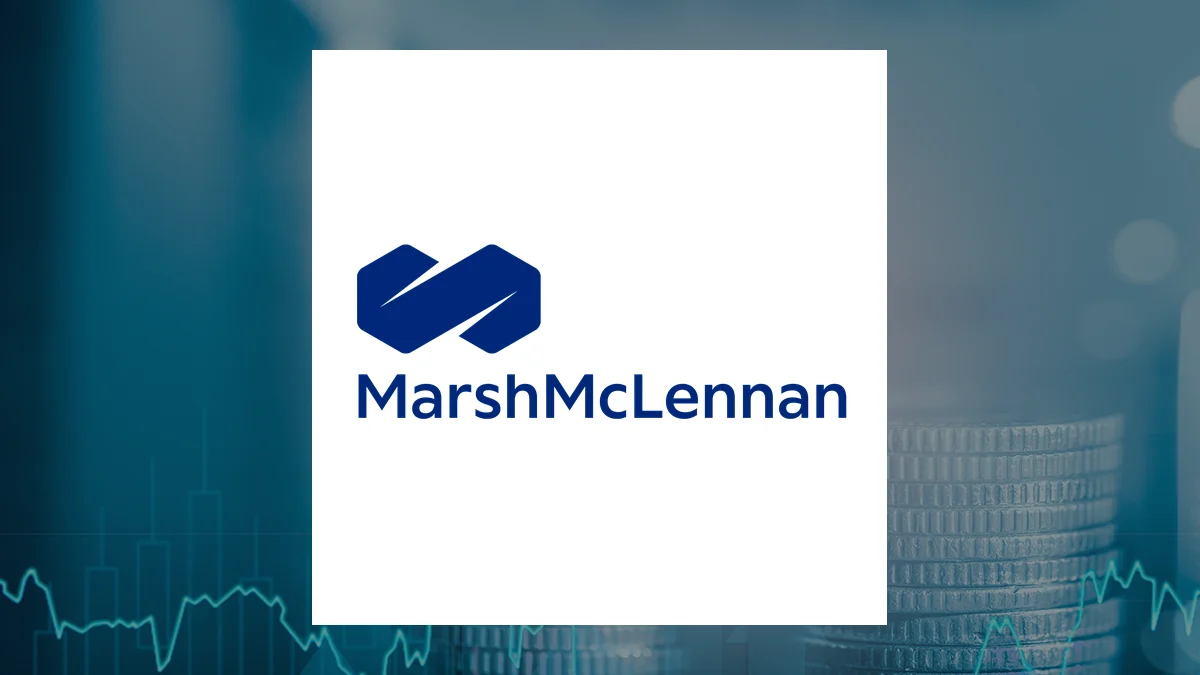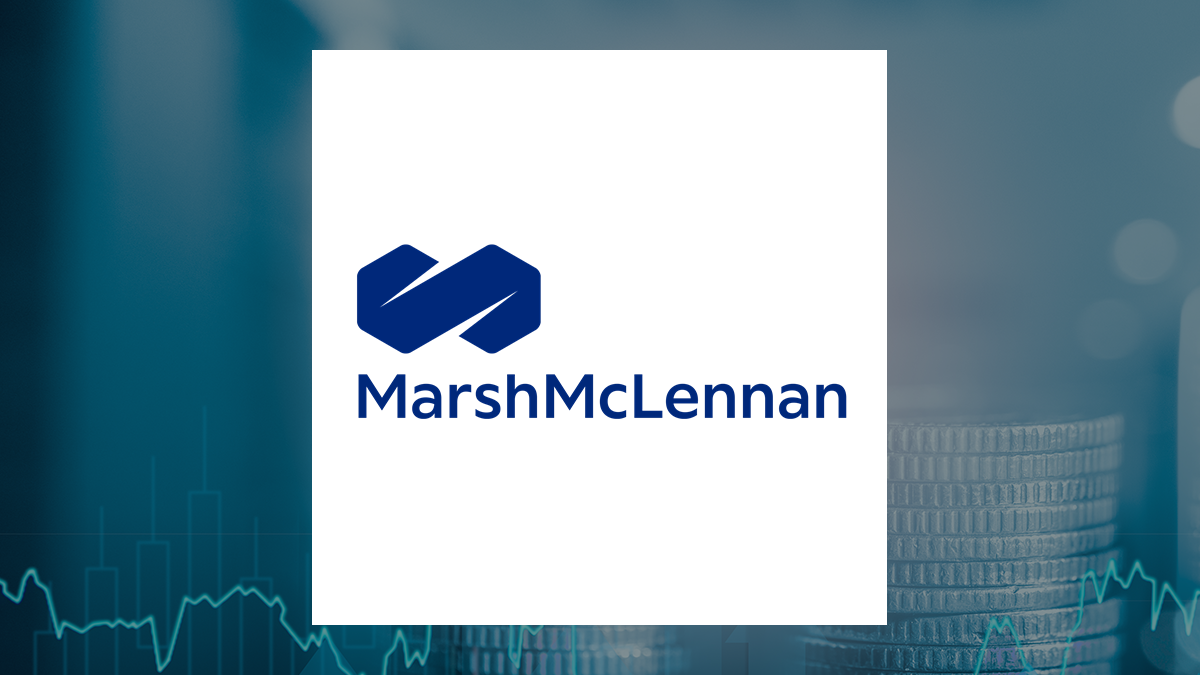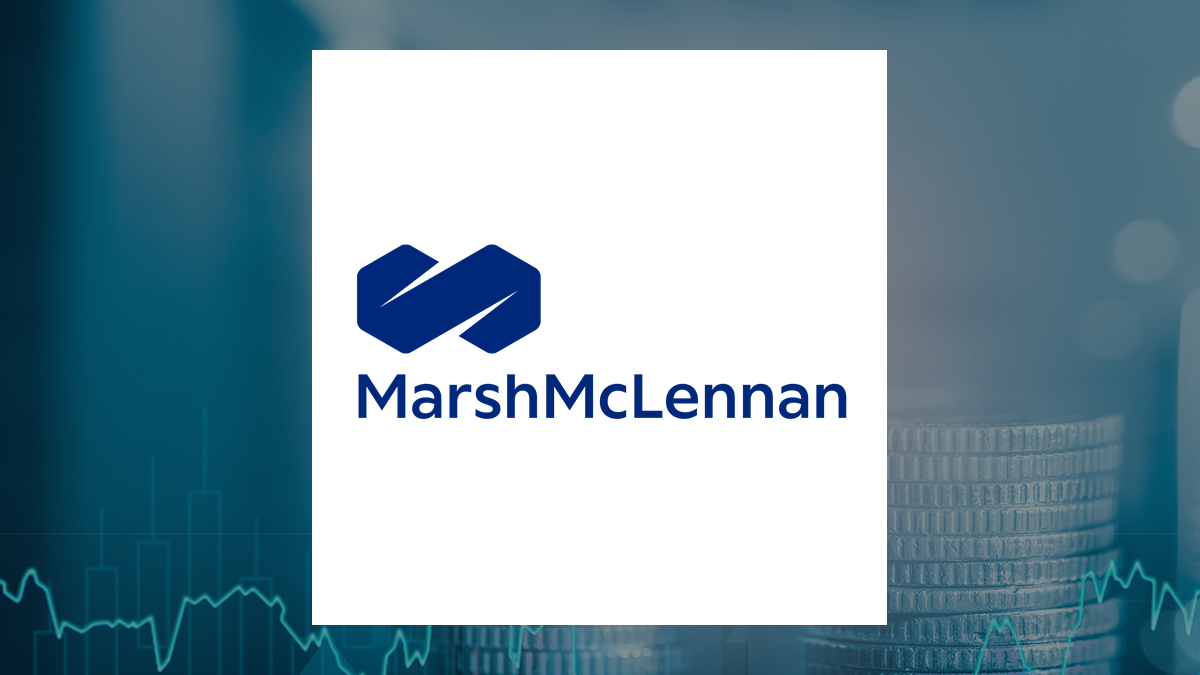
MMC
Marsh & McLennan Companies, Inc.
$186.21
2.74
(1.49%)
| Exchange: | |
| Market Cap: | 91.616B |
| Shares Outstanding: | 434.4M |
About The Company
| Sector: | Financial Services | |||||
| Industry: | Insurance – Brokers | |||||
| CEO: | John Quinlan Doyle | |||||
| Full Time Employees: | 90000 | |||||
| Address: |
|
|||||
| Website: | https://www.mmc.com |
Marsh & McLennan Companies, Inc., a professional services company, provides advice and solutions to clients in the areas of risk, strategy, and people worldwide. It operates in two segments, Risk and Insurance Services, and Consulting. The Risk and Insurance Services segment offers risk management services, such as risk advice, risk transfer, and risk control and mitigation solutions, as well as insurance and reinsurance broking, catastrophe and financial modeling, and related advisory services; and insurance program management services. This segment serves businesses, public entities, insurance companies, associations, professional services organizations, and private clients. The Consulting segment provides health, wealth, and career consulting services and products; and specialized management, as well as economic and brand consulting services. Marsh & McLennan Companies, Inc. was founded in 1871 and is headquartered in New York, New York.
Click to read more…
Revenue Segmentation
EPS
Earnings Call
Income Statement
(* All numbers are in thousands)
Balance Sheet
(* All numbers are in thousands)
Cash Flow Statement
(* All numbers are in thousands)
Analyst Estimates
(* All numbers are in thousands)







